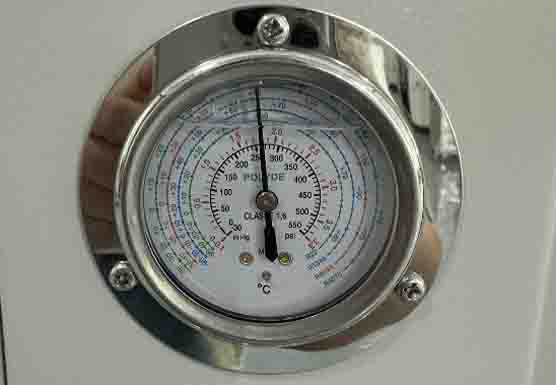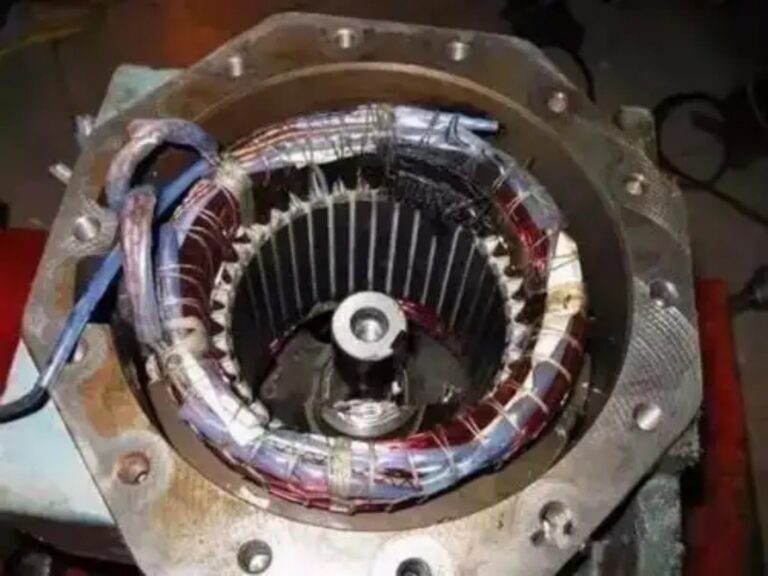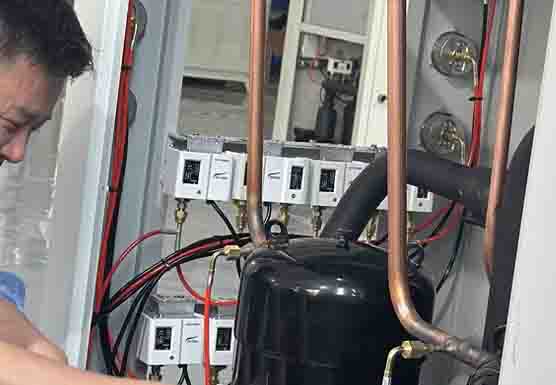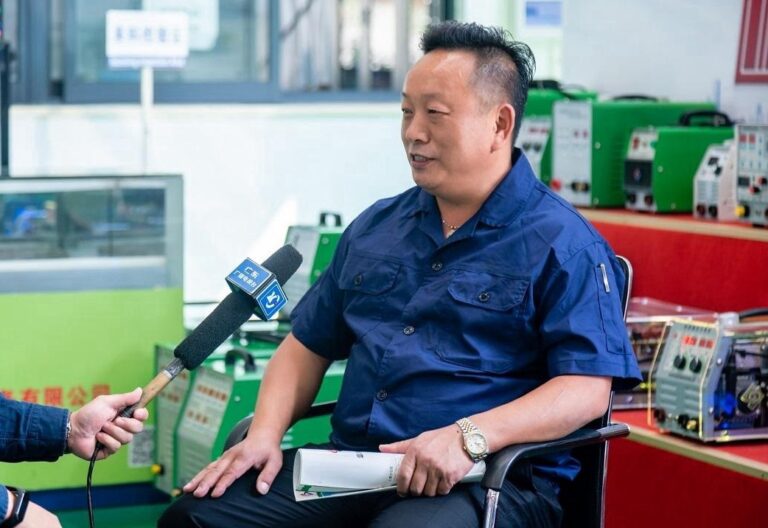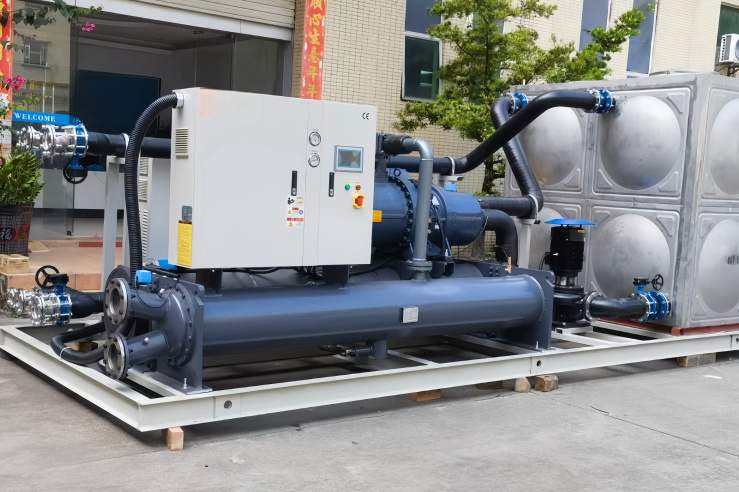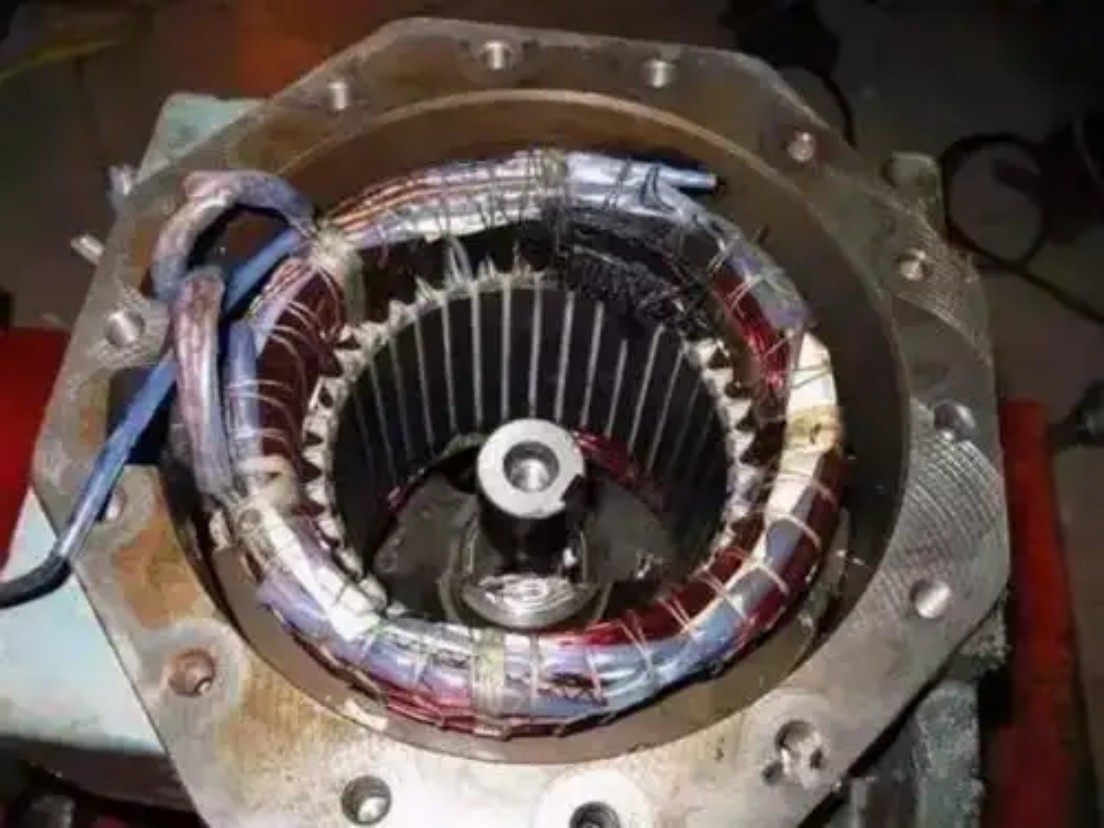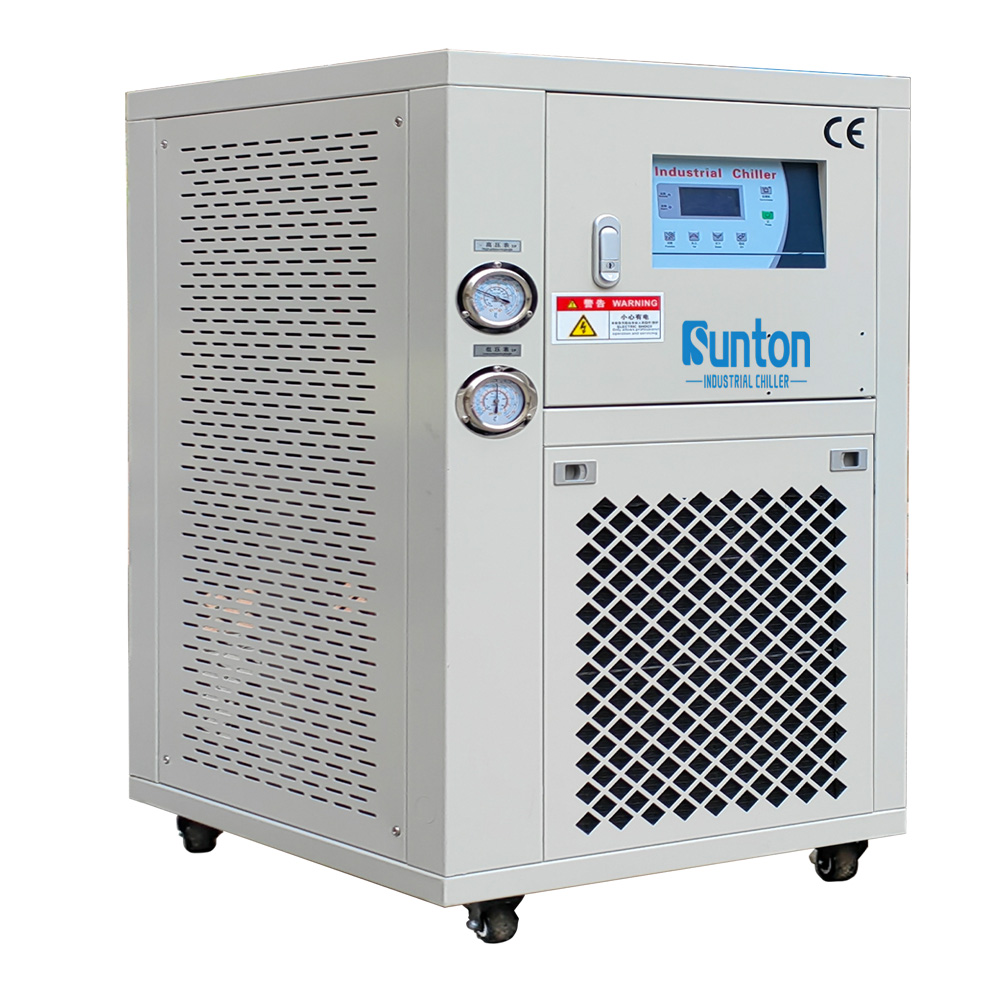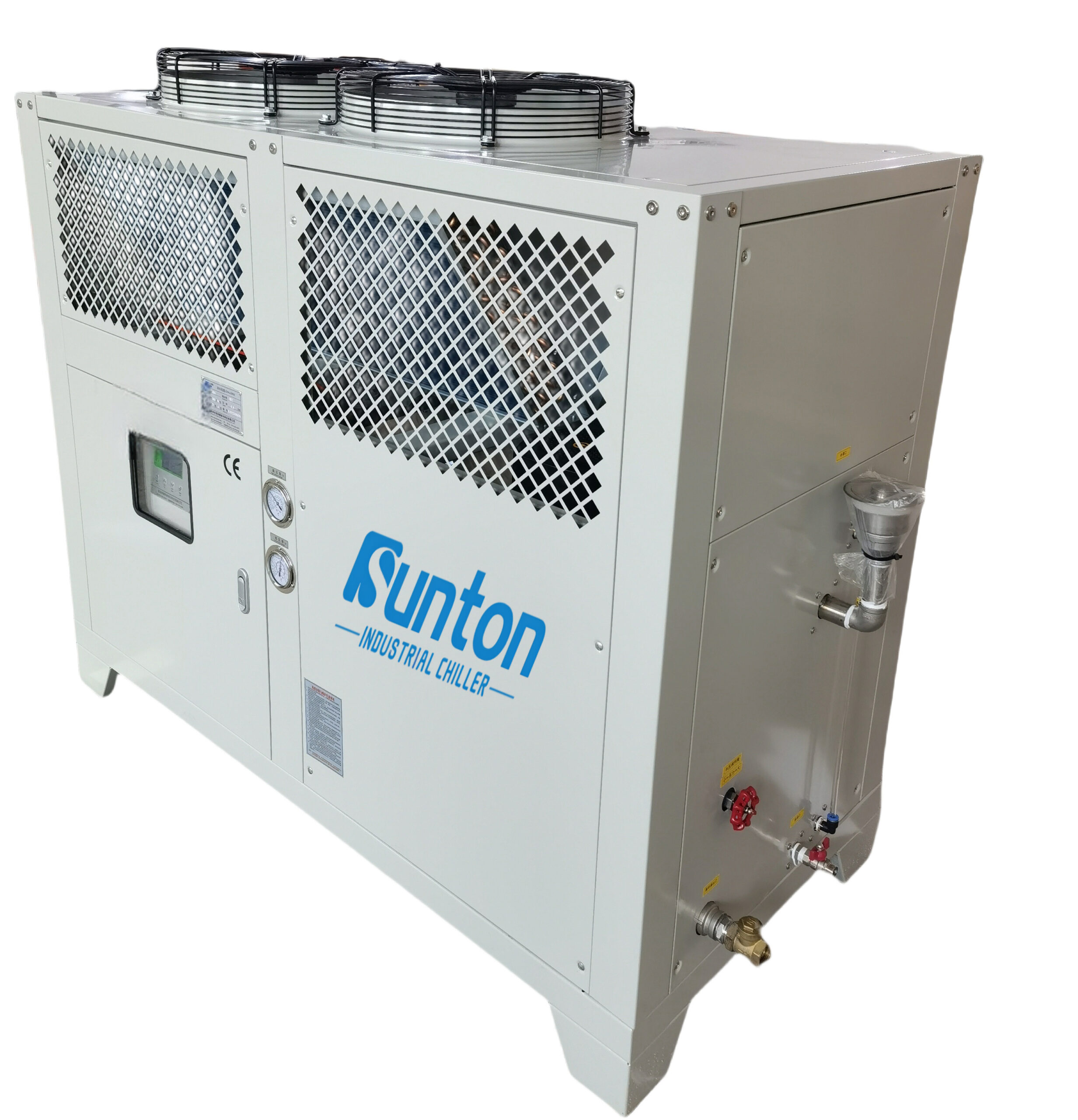-
Dalingshan Industrial Guangdong
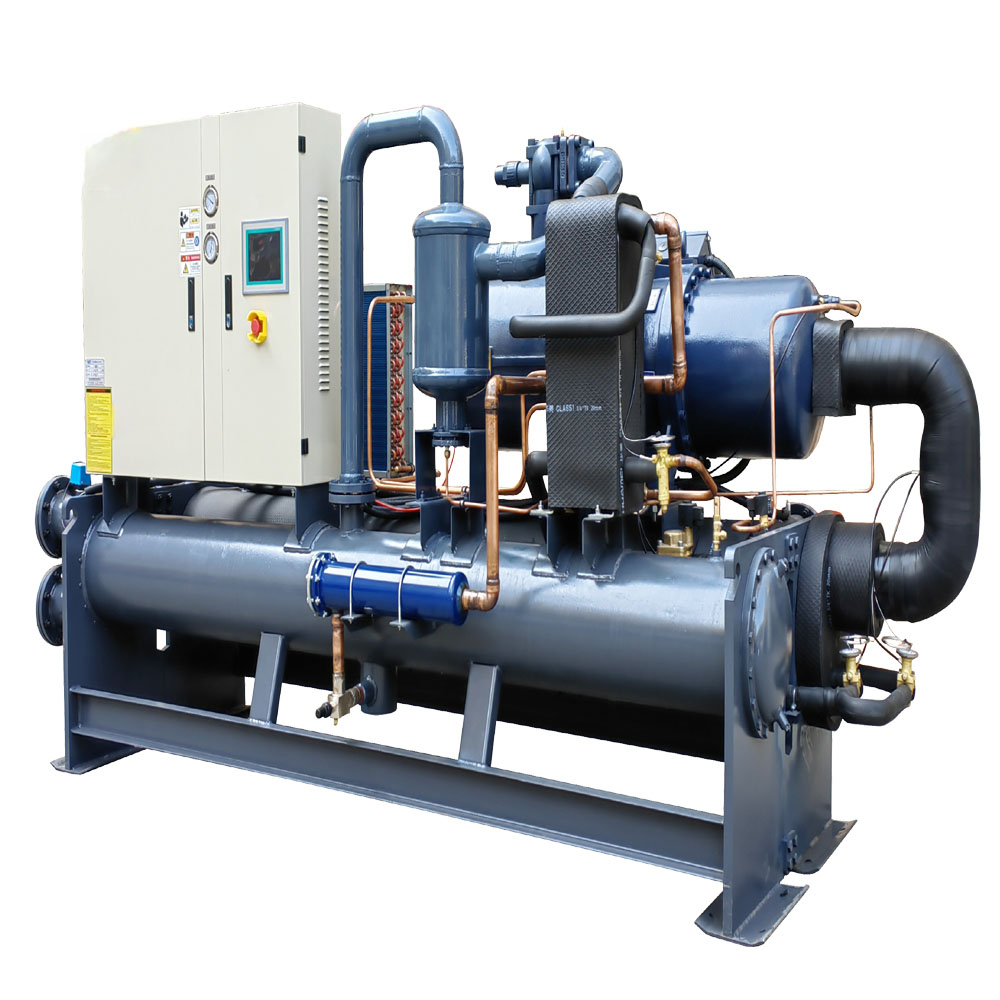
Prevención de la pudrición de la raíz en hidroponía con control de temperatura
La guía definitiva para prevenir la pudrición de las raíces en hidroponía
Este artículo proporciona una descripción general completa de Prevención de la pudrición de la raíz en hidroponíaEstá diseñado para equipar a los cultivadores hidropónicos, tanto principiantes como experimentados, con el conocimiento para identificar, tratar y, en última instancia, prevenir la pudrición de la raíz, asegurando un cultivo próspero y productivo. jardín hidropónicoComo fabricantes de enfriadores de agua industriales, comprendemos la importancia crucial de un control preciso de la temperatura en diversos procesos industriales, incluyendo la hidroponía. Hemos visto de primera mano cómo una gestión inadecuada de la temperatura del agua puede provocar problemas devastadores como la pudrición de las raíces, lo que afecta la productividad y la rentabilidad. Por eso, compartimos nuestra experiencia para ayudarle a optimizar su... hidropónico Sistema y lograr un crecimiento óptimo de las plantas. Vale la pena leer este artículo porque ofrece consejos prácticos, conocimientos científicos y estrategias prácticas para proteger su inversión hidropónica, ahorrar tiempo y recursos, y maximizar su rendimiento.
Índice
¿Qué es la pudrición de la raíz y por qué es una amenaza para su sistema hidropónico?
La pudrición de la raíz es una condición común y destructiva que afecta a las plantas en hidropónico sistemas. Es causada principalmente por el agua. patógenos, como Pythium, un tipo de moho de agua y varios hongo especies. Estos patógenos prosperan en ambientes mal gestionados. hidropónico ambientes, atacando la planta sistema de raíces y obstaculizando su capacidad de absorber agua y nutrientesEsto provoca retraso en el crecimiento, marchitamiento, hojas amarillentas y, en última instancia, la muerte de la planta.
La pudrición de la raíz representa una amenaza importante porque puede propagarse rápidamente a través de sistema hidropónico, infectando múltiples plantas a través de la infección compartida solución nutritivaUn contaminado hidropónico sistema, con el raíces de plantas infectadas Puede ser una pesadilla para el hidropónico Jardinero, ya que la pudrición de las raíces puede causar la pérdida de valiosos cultivos e incontables horas de trabajo duro. Como empresa especializada en enfriadores industriales, hemos encontrado numerosos casos en los que un control de temperatura inadecuado exacerbó... Problemas de pudrición de la raíz en hidroponíaSegún nuestra experiencia, prevenir la pudrición de la raíz siempre es más fácil y rentable que intentar curarla. Podemos ayudar con el control de la temperatura a través de nuestro... Enfriadoras centrales de tornillo refrigeradas por agua.
¿Cómo puedes identificar la pudrición de la raíz en tu jardín hidropónico?
Detección temprana de podredumbre radicular hidropónica es crucial para un tratamiento eficaz. Saludable hidropónico Las raíces deben ser blancas o de color canela claro, firmes y tener un olor fresco y terroso. En contraste, podredumbre de la raíz mostrará varias señales reveladoras. Primero, examine el masa radicularLas raíces infectadas aparecerán marrones, babosoy blandos. También pueden tener un olor desagradable a descomposición.
Más allá de las raíces, observe la salud general de la planta. Plantas con podredumbre de la raíz a menudo se muestran crecimiento atrofiado, marchitamiento y amarilleamiento o coloración amarillenta o amarronada de las hojas. Cabe destacar que estos síntomas también pueden indicar otros problemas, como deficiencias de nutrientes. Por lo tanto, es mejor confirmar podredumbre de la raíz inspeccionando directamente el raíces inmediatamente.
Tabla: Signos de podredumbre de la raíz
| Característica | Raíces saludables | Raíces con podredumbre radicular |
| Color | Blanco, bronceado claro | Marrón oscuro |
| Textura | Firme, crujiente | Blandito, viscoso |
| Oler | Fresco, terroso | Asqueroso, en descomposición |
| Salud general | Crecimiento vigoroso, hojas verdes. | Crecimiento atrofiado, marchitamiento, hojas amarillas. |
| Otro | Pueden verse pelos radiculares finos, sin pudrición. | Los pelos de la raíz se pudrieron |
¿Cuáles son las principales causas de la pudrición de la raíz en el cultivo hidropónico?
Varios factores pueden contribuir al desarrollo de podredumbre de la raíz en hidropónico sistemas. Uno de los más comunes es la mala calidad del agua, particularmente la alta temperatura del aguaLas temperaturas más cálidas crean un caldo de cultivo ideal para patógenos como Pythium. A medida que aumentan las temperaturas, la Calienta tu solución nutritiva se vuelve, cuanto menos oxígeno disuelto Puede contenerlo, creando un ambiente con poco oxígeno que favorece el crecimiento de microorganismos anaeróbicos dañinos. bacterias.
Otro causas de la pudrición de la raíz incluyen exceso de riego, riego inadecuado aireación, drenaje deficiente y equipos contaminados. Plagas como los mosquitos del hongo También pueden contribuir, ya que pueden introducir o llevar la patógeno De planta a planta. Introducir plantas infectadas o usar agua o herramientas contaminadas también puede ser un causa de la pudrición de la raíz.
¿Cuáles son los mejores sistemas hidropónicos para prevenir la pudrición de la raíz?
El tipo de sistema hidropónico La elección puede influir en la susceptibilidad de sus plantas a podredumbre de la raíz. Mientras todos tipos de sistemas hidropónicos puede experimentar podredumbre de la raíz, algunos son más propensos que otros. Cultura de aguas profundas Sistemas (DWC), donde las raíces de las plantas están constantemente sumergidas en un solución nutritiva, son particularmente vulnerables si no se gestionan adecuadamente. Sin suficiente aireación o cuando se utiliza el incorrecto hidropónico plantadores, los raíces de las plantas tendrá menos acceso al oxígeno en el nutritivo solución, y las plantas tendrán más probabilidades de desarrollarse podredumbre de la raíz.
Por el contrario, sistemas como la técnica de película de nutrientes (NFT) y los sistemas de flujo y reflujo, que proporcionan exposición intermitente a nutrientes y el aire, tienden a tener menos problemas con podredumbre de la raíz Debido a una mejor oxigenación, no son inmunes y requieren un manejo adecuado, como la limpieza y el monitoreo regulares. solución nutritivaEcha un vistazo a nuestro Enfriadoras centrales de tornillo refrigeradas por aire para mejorar la oxigenación.
¿Cómo afecta el control de la temperatura a la prevención de la pudrición de la raíz?
Control de temperatura es primordial en Prevenir la pudrición de la raíz en cultivos hidropónicos sistemas. Como se mencionó anteriormente, patógenos como Pythium prosperan en agua tibia. Mantener un solución nutritiva Una temperatura entre 18 y 24 grados Celsius (65 y 75 grados Fahrenheit) es crucial. A estas temperaturas, solución nutritiva Puede contener suficiente oxígeno disuelto Para favorecer el crecimiento sano de las raíces y suprimir el desarrollo de patógenos. Observamos que Los enfriadores están diseñados para mantener un control preciso de su solución nutritiva temperatura.
Usando un Enfriador Es muy recomendable, especialmente en climas más cálidos o durante los meses de verano. Enfriadores trabajar enfriando el solución nutritiva a la temperatura deseada, garantizando condiciones óptimas para salud de la raízComo expertos en refrigeración industrial, enfatizamos la importancia de seleccionar un Enfriador con la capacidad adecuada para su sistema hidropónicoUn tamaño insuficiente Enfriador Tendrá dificultades para mantener la temperatura deseada, mientras que uno demasiado grande puede generar ineficiencia energética.
¿Cómo puede el manejo de la solución nutritiva prevenir la pudrición de la raíz?
Gestión adecuada de la solución nutritiva es esencial. Esto incluye mantener el nivel de pH correcto, normalmente entre 5,5 y 6,5, y asegurar la concentración adecuada de nutrientesLos desequilibrios en cualquiera de ellos pueden estresar a las plantas, haciéndolas más susceptibles a podredumbre de la raíz.
Cambiar regularmente el solución nutritiva, generalmente cada 1 o 2 semanas, también es crucial. Esto ayuda a prevenir la acumulación de patógenos y garantiza un suministro fresco de nutrientes para las plantas. Además, considere usar bacterias beneficiosas aditivos. Estos microbios beneficiosos pueden superar a los dañinos. patógenos, incluidas las que causan podredumbre de la raízy promover una vida más saludable zona raíz.
¿Qué papel juegan los niveles de oxígeno en la prevención de la pudrición de la raíz?
Niveles adecuados de oxígeno en el solución nutritiva son vitales. Las raíces requieren oxígeno para la respiración y nutritivo absorción. Bajos niveles de oxígeno, a menudo causados por altas temperaturas o mala aireación, crear un ambiente propicio para la actividad anaeróbica bacterias y patógenos como Pythium.
Para garantizar una oxigenación suficiente, utilice un piedra de aire conectado a una bomba de aire en su depósito. El piedra de aire Crea burbujas finas que aumentan la superficie del agua, promoviendo el intercambio de gases y elevando oxígeno disuelto niveles. En DWC sistemas, es particularmente importante tener un sistema robusto aireación sistema para mantener la solución nutritiva bien oxigenado.
¿Cómo se puede tratar la pudrición de la raíz en los sistemas hidropónicos?
Si descubres podredumbre de la raíz En tu hidropónico sistema, es necesario actuar con rapidez para evitar su propagación. Primero, aislar las plantas afectadas para evitar la patógeno de infectar a otros. Retire con cuidado las plantas del sistema e inspeccione sus raíces. Recorte cualquier parte marrón, baboso raíces con tijeras o tijeras esterilizadas.
A continuación, limpie a fondo el todo el sistema, incluido el depósito, bombas, tubos y sustrato de cultivo. Puede usar una solución de lejía diluida o peróxido de hidrógeno para desinfectar el sistema. Sin embargo, asegúrese de enjuagar bien todo con agua después para eliminar cualquier residuo químico. Después de recortar el raíces infectadas tratar el resto raíces con un peróxido de hidrógeno Solución (concentración 1-3%) o un tratamiento comercial para la pudrición de la raíz para eliminar cualquier resto patógenosLe recomendamos contactarnos para el control de temperatura y patógenos. Nuestro Refrigeradores antiexplosión Son adecuados para aplicaciones sensibles.
¿Qué medidas preventivas puedes tomar para detener la pudrición de la raíz?
Siempre es mejor prevenir que curar cuando se trata de podredumbre de la raízImplementar medidas proactivas puede ahorrarle tiempo, esfuerzo y posibles pérdidas de cultivos. Aquí tiene algunos pasos clave que puede seguir. tomar para prevenir podredumbre de la raíz:
- Mantener la temperatura óptima: Como se discutió, utilice un Enfriador Para mantener tu solución nutritiva dentro del rango de temperatura ideal.
- Asegúrese de tener una oxigenación adecuada: Utilice un piedra de aire y bomba de aire para mantener alta oxígeno disuelto niveles.
- Gestionar la solución nutritiva: Controle y ajuste periódicamente el pH y nutritivo niveles. Cambie la solución cada 1-2 semanas.
- Utilice microbios beneficiosos: Introducir bacterias beneficiosas para superar a los patógenos.
- Practique una buena higiene: Mantenga limpia su área de cultivo y esterilice el equipo entre usos.
- Poner en cuarentena nuevas plantas: Inspeccione las plantas nuevas para detectar signos de enfermedad antes de introducirlas en su sistema.
- Elija variedades resistentes: Algunas variedades de plantas son más resistentes a podredumbre de la raíz que otros.
¿Cuál es la importancia de la limpieza y esterilización del sistema para prevenir la pudrición de la raíz?
Limpieza y esterilización periódica de su sistema hidropónico son críticos. Patógenos Puede persistir en superficies, tuberías y en el sustrato, listo para infectar nuevas plantas. Entre cada ciclo de cultivo, es esencial realizar un control exhaustivo. Limpiar todo el cultivo sistema, incluidas todas sus partes.
Comience por desmontar el sistema y frotar todos los componentes con agua caliente y jabón. Preste especial atención a las zonas donde se puede acumular materia orgánica, como el interior de las tuberías y el fondo del... depósitoDespués de limpiar, esterilice el sistema con una solución de lejía o peróxido de hidrógenoAsegúrese de que todas las piezas estén completamente enjuagadas antes de volver a ensamblar el sistema.
Preguntas frecuentes
¿Cuáles son los primeros signos de podredumbre de la raíz en las plantas hidropónicas?
Los primeros signos suelen ser hojas marchitas y amarillentas y un crecimiento atrofiado, seguidos de la aparición de raíces marrones y blandas.
¿Puede la pudrición de la raíz propagarse a otras plantas en un sistema hidropónico?
Sí, podredumbre de la raíz Puede propagarse rápidamente a través de lo compartido. solución nutritiva en un sistema hidropónico, infectando otras plantas.
¿Con qué frecuencia debo cambiar la solución nutritiva para prevenir la pudrición de la raíz?
Se recomienda cambiar el solución nutritiva cada 1-2 semanas a prevenir la pudrición de la raíz y mantener niveles óptimos de nutrientes.
¿Puedo reutilizar el medio de cultivo de un sistema afectado por podredumbre de la raíz?
Por lo general, no es aconsejable reutilizar el medio de cultivo de un sistema afectado por podredumbre de la raíz, ya que puede albergar patógenosSi debe reutilizarlo, esterilícelo completamente primero.
¿A qué temperatura debe estar mi solución nutritiva para evitar la pudrición de la raíz?
En temperatura de su solución nutritiva Lo ideal sería que estuviera entre 65 y 75 grados Fahrenheit (18 y 24 grados Celsius) para evitar podredumbre de la raíz.
¿Por qué es importante la aireación para prevenir la pudrición de la raíz?
La aireación aumenta la oxígeno disuelto contenido de la solución nutritiva, que es esencial para el crecimiento saludable de las raíces y ayuda a suprimir la patógenos esa causa podredumbre de la raíz.
Conclusión
- Podredumbre de la raíz es una amenaza seria para hidropónico sistemas, pero se puede prevenir y gestionar con conocimientos y prácticas adecuadas.
- Mantener la temperatura óptima del agua con un Enfriador es crucial para Prevenir la pudrición de la raíz.
- Oxigenación adecuada, adecuada nutritivo La gestión y la higiene del sistema también son esenciales.
- La detección temprana y un tratamiento rápido pueden salvar las plantas afectadas.
- Implementar medidas preventivas es la forma más efectiva de proteger su salud. hidropónico jardín de podredumbre de la raíz.
Recuerde, como plantas de fabricación de enfriadores de agua industriales para productos, entendemos las complejidades de mantener condiciones óptimas para varios procesos industriales, incluidos hidroponiaNuestra experiencia en control de temperatura puede ser invaluable para ayudarlo a crear un negocio próspero. hidropónico No dude en contactarnos para obtener asesoramiento personalizado y soluciones adaptadas a sus necesidades específicas. Permítanos ayudarle a lograr un sistema saludable, productivo y... podredumbre de la raíz-gratis hidropónico ¡jardín!
